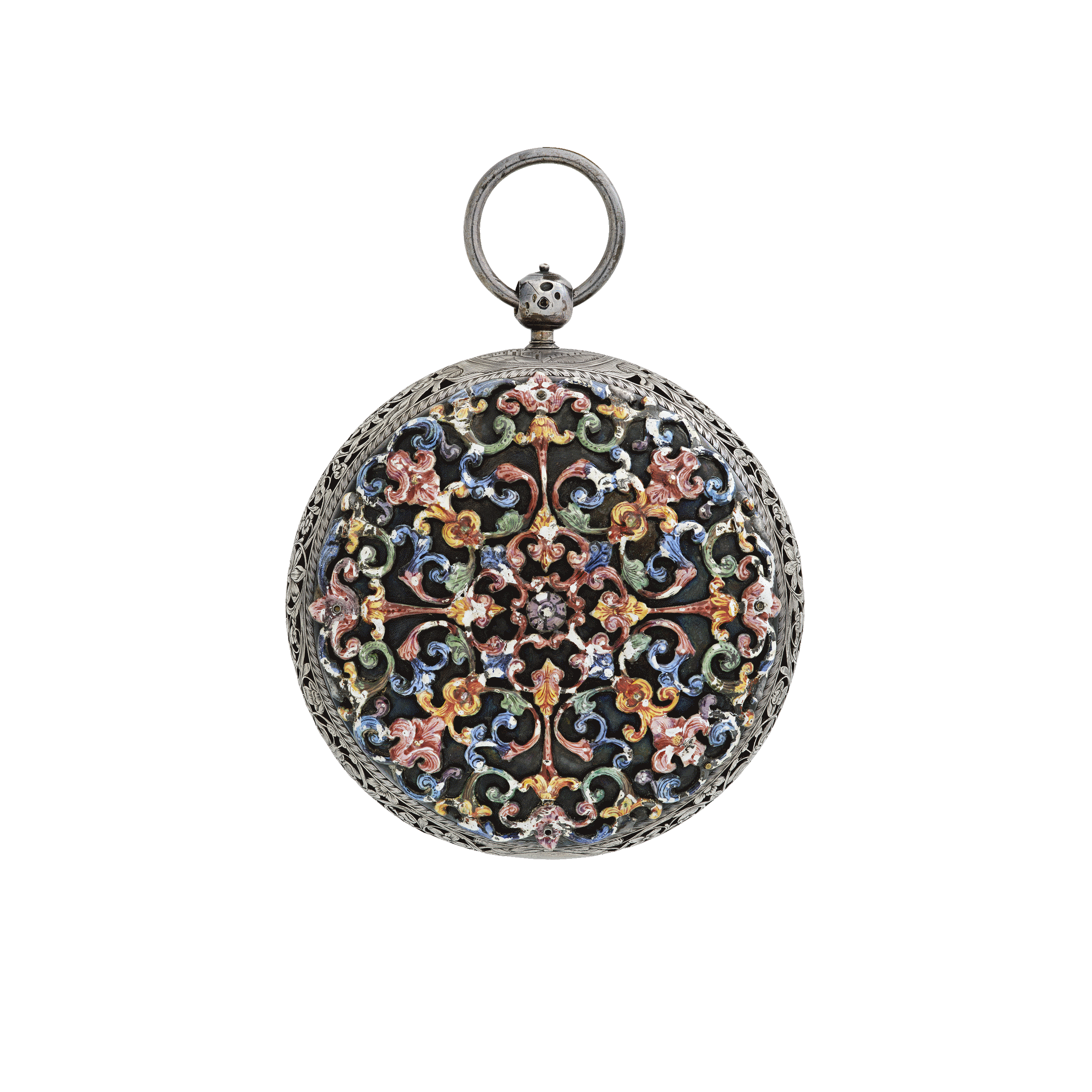
Collection of mechanical timepieces
16th-19th century

ARTWORK
As early as the beginning of the 15th century, there are records of portable spring clocks, for use when travelling, but it was not until many decades later that watchmakers were able to create springs small enough to fit into ‘personal’ timepieces. They were known as carriage clocks, chest watches, to be worn around the neck hanging from a ribbon or chain and, later, pocket watches. And there was no shortage of elaborate shapes or watches designed as tokens of love.
The collection of mechanical timepieces in the Museo Poldi Pezzoli is the most important collection of antique timepieces in Italy. Started by Gian Giacomo Poldi Pezzoli, it has been enhanced over time thanks to important donations from private collectors.
The collection provides an overview of the history of European clockmaking from the 16th to the 19th century, through Renaissance and Baroque table clocks, and watches produced in Germany, England, France and Switzerland. They are all exceptional pieces in terms of their state of preservation and mechanics and, in the case of the watches, have precious gold and silver cases decorated with exquisite enamelling.
The enamels first appeared in the dials, as small decorations, and then, from the mid-17th century onwards, they completely invaded the cases, which were enlarged and flattened to allow more space for painting.
